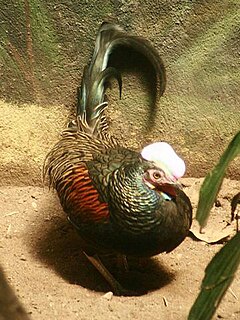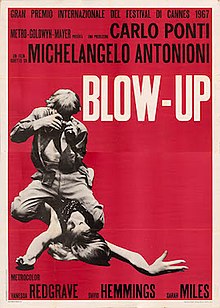Fortino Mario Alfonso Moreno Reyes, although he called himself Mario Moreno, (August 12, 1911 – April 20, 1993), was a Mexican comic film actor, producer, and screenwriter known professionally as Cantinflas. He often portrayed impoverished campesinos or a peasant of pelado origin. The character came to be associated with the national identity of Mexico, and allowed Cantinflas to establish a long, successful film career that included a foray into Hollywood. Charlie Chaplin once commented that he was the best comedian alive, and Moreno has been referred to as the "Charlie Chaplin of Mexico". To audiences in the United States, he is best remembered as co-starring with David Niven in a Golden Globe Award-winning role in the 1956 film Around the World in 80 Days.
As a pioneer of the cinema of Mexico, Moreno helped usher in its golden era. In addition to being a business leader, he also became involved in Mexico's tangled and often dangerous labor politics. Although he was a political conservative, his reputation as a spokesperson for the downtrodden gave his actions authenticity and became important in the early struggle against charrismo, the one-partygovernment's practice of co-opting and controlling unions.
Moreover, his character Cantinflas, whose identity became enmeshed with his own, was examined by media critics, philosophers, and linguists, who saw him variably as a danger to Mexican society, a bourgeois puppet, a kind philanthropist, a transgressor of gender roles, a pious Catholic, a verbal innovator, and a picaresque underdog.












